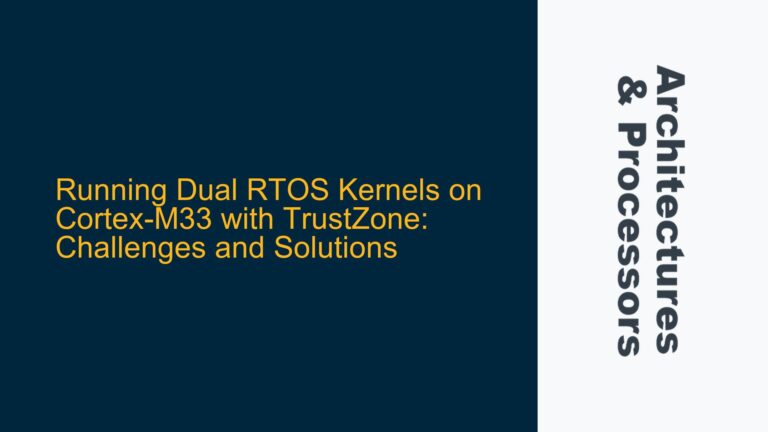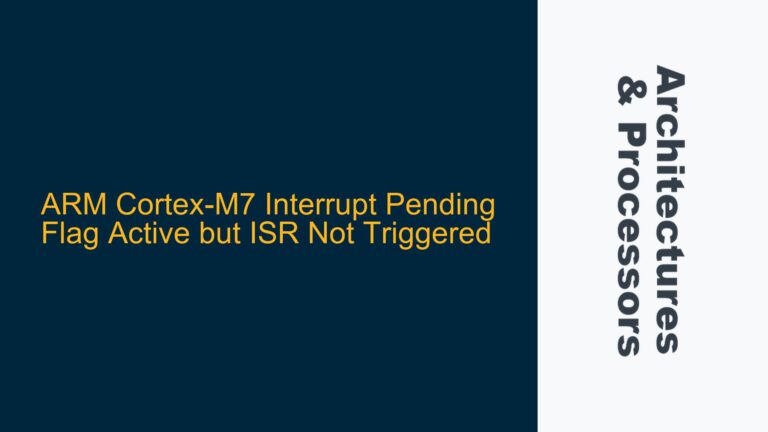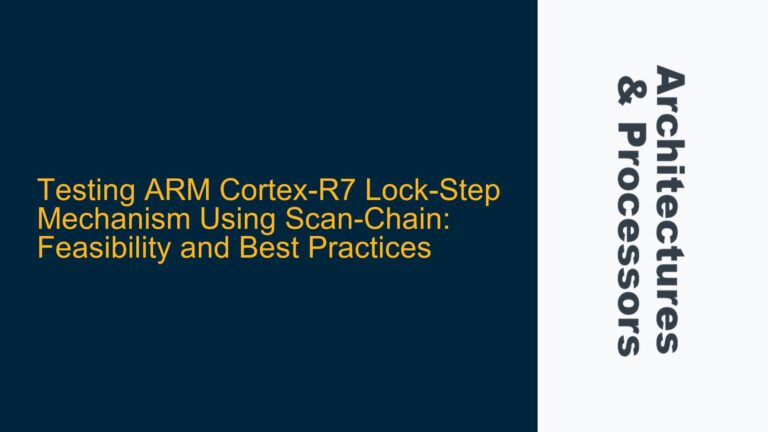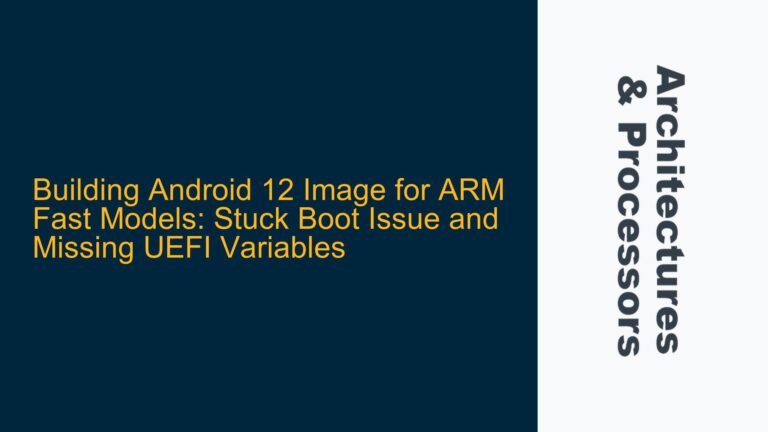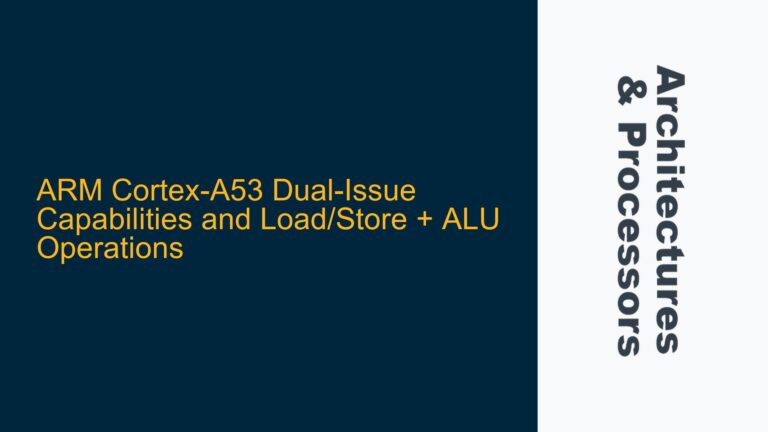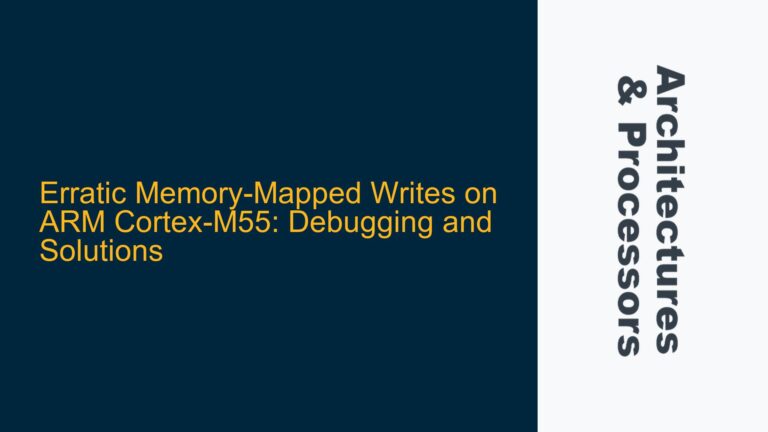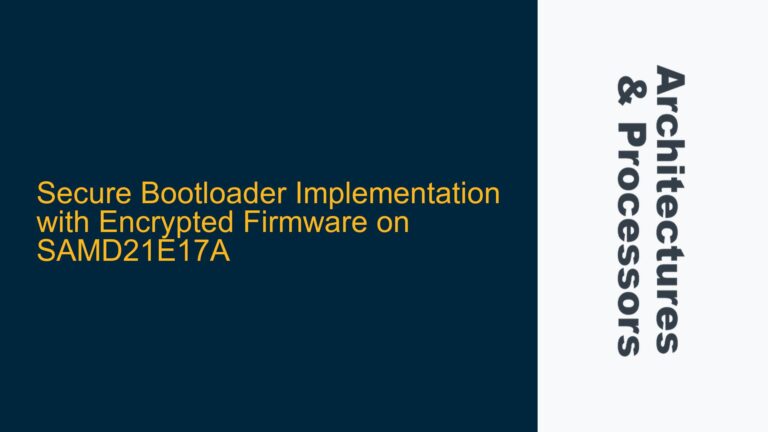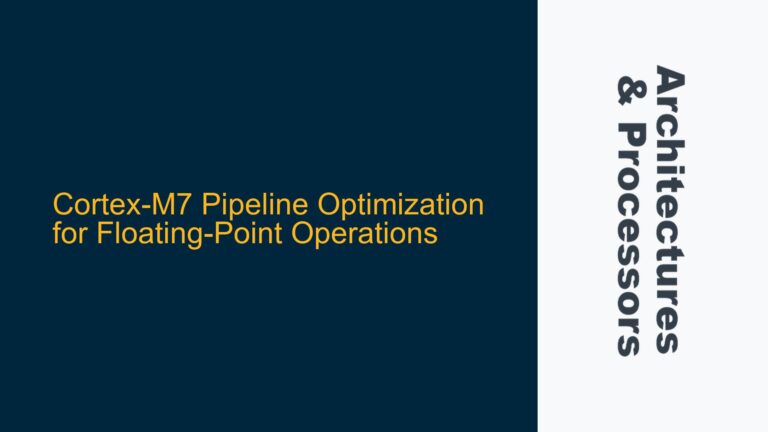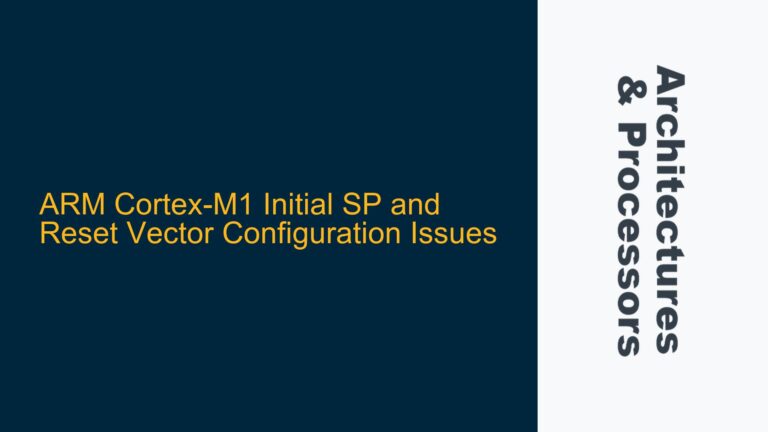Running Dual RTOS Kernels on Cortex-M33 with TrustZone: Challenges and Solutions
ARM Cortex-M33 TrustZone Dual RTOS Kernel Feasibility Running two separate Real-Time Operating System (RTOS) kernels on a single ARM Cortex-M33 core using TrustZone is a complex but feasible endeavor. The Cortex-M33 processor, with its TrustZone security extension, allows for the partitioning of the system into secure and non-secure worlds. This partitioning is typically used to…
